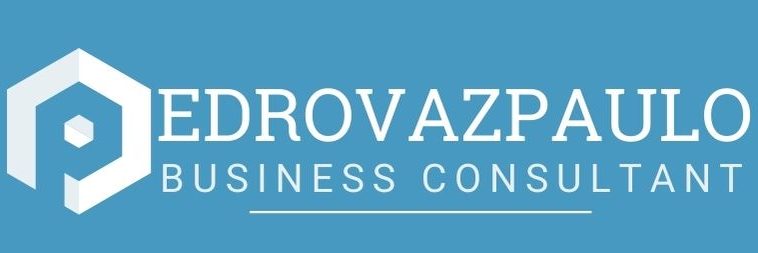Traditional advertising methods like television commercials, billboards, and radio spots dominated legal marketing for decades, but they come with significant limitations that make them less effective in today’s digital world. These approaches cast wide nets that reach many people who don’t need legal services while missing others who are actively searching for attorneys.
Digital paid advertising offers measurable ROI and targeted reach that traditional media simply can’t match for most law firms. Instead of hoping that potential clients see your billboard or remember your TV commercial when they need legal help, paid digital ads reach people exactly when they’re searching for attorneys.

Understanding why paid advertising outperforms traditional legal marketing helps firms allocate their budgets more effectively while achieving better results. Smart firms recognize that measurable, targeted digital advertising provides superior value compared to traditional media that’s harder to track and optimize.
Precision Targeting With Paid Ads
Demographic targeting allows law firms to focus their advertising spend on people who match their ideal client profiles based on age, income, location, and other characteristics that correlate with legal service needs. This precision eliminates waste from reaching people who are unlikely to need or afford legal services.
Geographic targeting ensures that advertising dollars reach potential clients within your service area rather than people who live too far away to become clients. Unlike billboards or radio ads that reach everyone in broad areas, digital ads can target specific neighborhoods, cities, or radius distances around your office.
Interest-based targeting reaches people based on their online behavior, website visits, and content engagement that suggests they might need legal services. For example, family law firms can target people who’ve searched for divorce information while personal injury attorneys can reach people researching accident-related topics.
Search intent targeting captures people at the exact moment they’re looking for legal help rather than hoping they’ll remember your traditional ads when legal needs arise. This timing advantage significantly improves conversion rates because you’re reaching motivated prospects rather than passive audiences.
Measurable ROI
Click tracking provides exact data about how many people see your ads and take action, unlike traditional advertising where measuring actual response rates is nearly impossible. This data helps optimize campaigns for better performance while eliminating guesswork about which messages and targeting options work best.
Lead attribution connects specific advertisements to actual client acquisitions, allowing precise calculation of return on investment for marketing spend. Traditional advertising rarely provides this level of accountability because it’s difficult to track which TV commercial or billboard influenced a client’s hiring decision.
Real-time adjustments enable immediate optimization when campaigns aren’t performing well, unlike traditional media buys that can’t be changed once they’re running. This flexibility prevents continued spending on ineffective campaigns while allowing increased investment in successful approaches.
Conversion tracking reveals which ads generate actual consultations and signed clients rather than just website visits or phone calls that don’t result in business. This detailed measurement helps focus budgets on campaigns that produce actual revenue rather than vanity metrics.
Cost-Effectiveness Compared to Traditional Ads
Lower entry costs make paid digital advertising accessible to smaller law firms that can’t afford television commercials or billboard campaigns that require substantial upfront investments. Digital campaigns can start with modest budgets and scale up based on performance rather than requiring large commitments upfront.
Pay-per-result pricing models ensure that firms only pay when people actually engage with their ads through clicks, calls, or form submissions. Traditional media charges for impressions regardless of whether anyone responds, making it difficult to control costs or ensure value.
Budget flexibility allows immediate adjustments based on performance and business needs, unlike traditional media contracts that lock firms into spending commitments regardless of results. This flexibility helps firms optimize their marketing investment for maximum return.
Better client acquisition alignment means that paid advertising costs can be directly tied to actual client acquisition rather than general brand awareness that may or may not translate into business. This connection makes it easier to justify marketing expenses and measure success.
Conclusion
Paid digital advertising provides law firms with precision, measurability, and cost-effectiveness that traditional advertising methods simply can’t match in today’s competitive legal market. The ability to target specific audiences and measure exact results makes digital advertising far superior for most law firm marketing goals.
Traditional advertising still has a place for firms with large budgets seeking broad brand awareness, but most firms achieve better results through targeted digital campaigns that reach qualified prospects at the right moment. The data and flexibility advantages of paid advertising outweigh the perceived prestige of traditional media.
Smart law firms recognize that leaner, more measurable digital advertising produces better client acquisition results while providing the accountability and optimization opportunities that traditional media lacks. The future of legal marketing belongs to approaches that can demonstrate clear return on investment through actual client acquisition rather than general brand exposure.







